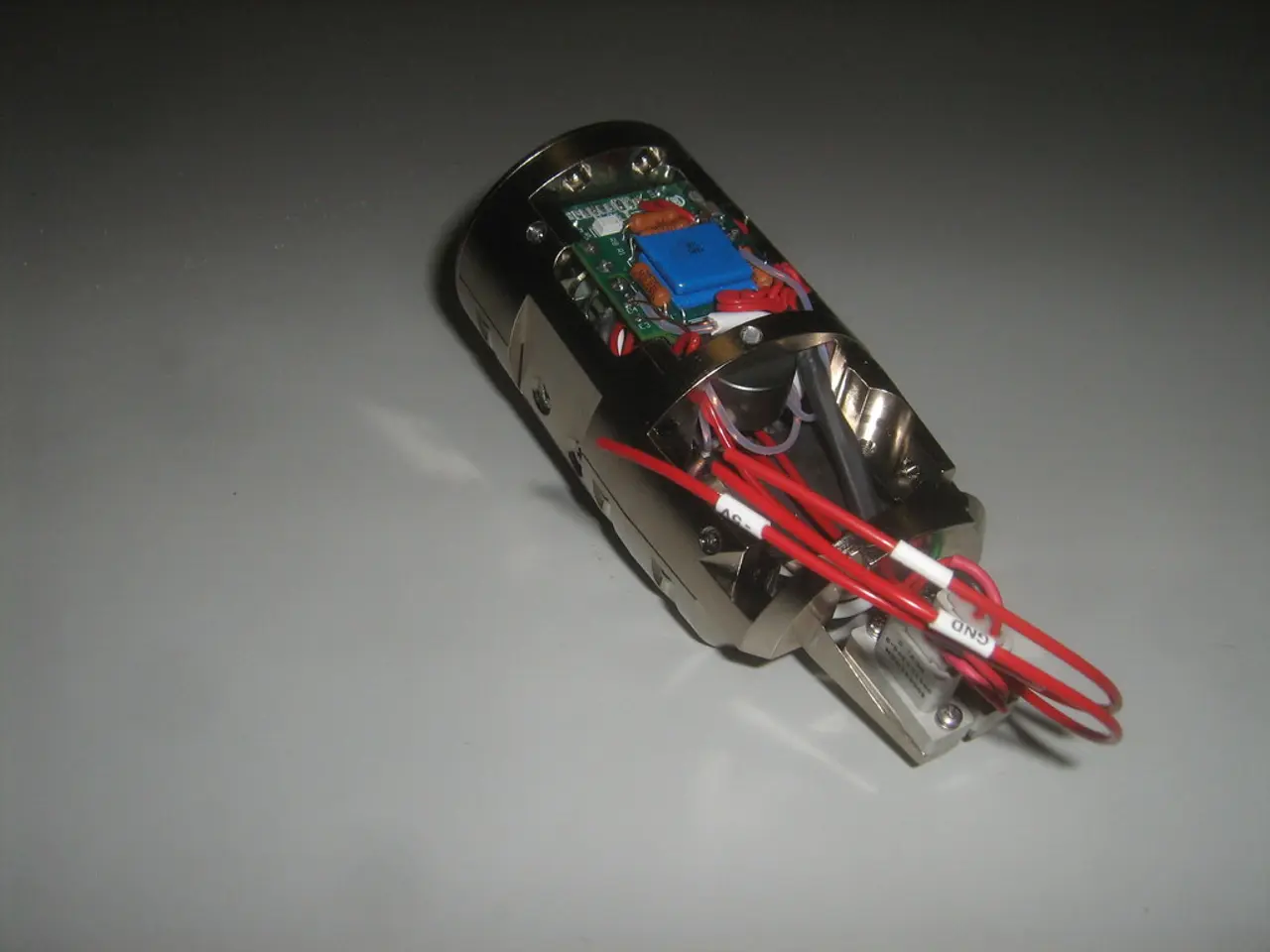Restoring Notre-Dame through cutting-edge technology: The role of 3D scanning in the cathedral's renovation
In a groundbreaking move, Paris has unveiled the restoration of Notre-Dame Cathedral after a five-year refit, with the help of advanced technology. The strategic placement of high-precision 3D scanners, drones, and other imaging tools has allowed for a quick and thorough survey of Notre-Dame's structure, following the devastating fire that occurred in 2019 [1].
The fire marked a tragic moment for one of the world's most beloved Gothic landmarks, causing extensive damage to its interior. However, the global outpouring of grief and an urgent commitment to rebuild Notre-Dame sparked a mission to restore it to its former glory [2].
The digital archive created using these scanners serves as a crucial part of this mission. Over 2,000 scanning positions were meticulously recorded during several survey campaigns, capturing every detail of Notre-Dame's exterior, interior, and roof [3]. Mexican architect Alejandro Arredondo of AGP is one of the experts responsible for 3D modeling of Notre-Dame.
The virtual twin of Notre-Dame Cathedral was created by combining these detailed images and scans. High-resolution cameras, lasers, and AI algorithms were used to stitch the collected data together into a precise, fully digital 3D replica of the cathedral [1].
The resulting digital twin serves as a permanent, highly accurate record of Notre-Dame’s structure, story, and symbolism. It enables preservationists to study and maintain the cathedral virtually, and allows for immersive virtual visitor experiences [1][3][4].
Moreover, the digital twin is aimed at safeguarding Notre-Dame's legacy after the significant architectural tragedy. By meticulously documenting the entire monument, these tools are enabling more precise restoration work [3].
The digital archive is also informing the ongoing restoration of Notre-Dame. Specifically, AI was employed not just to construct the 3D model, but also to help detect potential current structural issues from the scanned data, aiming to assist future preservation and maintenance efforts [2].
With this digital twin, the future of Notre-Dame's conservation efforts is looking promising. The digital archive ensures that Notre-Dame's architectural and historical details are preserved for future generations, potentially preventing the kind of prolonged restoration effort that followed the 2019 fire [1][2].
Sources: [1] The Guardian. (2022, April 15). Notre-Dame: Paris unveils restored cathedral after five-year refit. Retrieved from https://www.theguardian.com/world/2022/apr/15/notre-dame-paris-unveils-restored-cathedral-after-five-year-refit
[2] The New York Times. (2022, April 15). The Digital Twin of Notre-Dame Cathedral. Retrieved from https://www.nytimes.com/2022/04/15/arts/design/notre-dame-digital-twin.html
[3] Iconem. (n.d.). Notre-Dame Digital Twin. Retrieved from https://iconem.com/project/notre-dame-digital-twin/
[4] Microsoft. (2022, April 15). Notre-Dame Cathedral Gets a Digital Twin. Retrieved from https://news.microsoft.com/2022/04/15/notre-dame-cathedral-gets-a-digital-twin/
The digital twin of Notre-Dame Cathedral, aided by international technology, serves as a safeguard to preserve the cathedral's legacy after the devastating fire in 2019. Furthermore, this virtual replica of Notre-Dame utilizes advanced technology to detect potential structural issues, ensuring more precise restoration work for future preservation and maintenance efforts.




